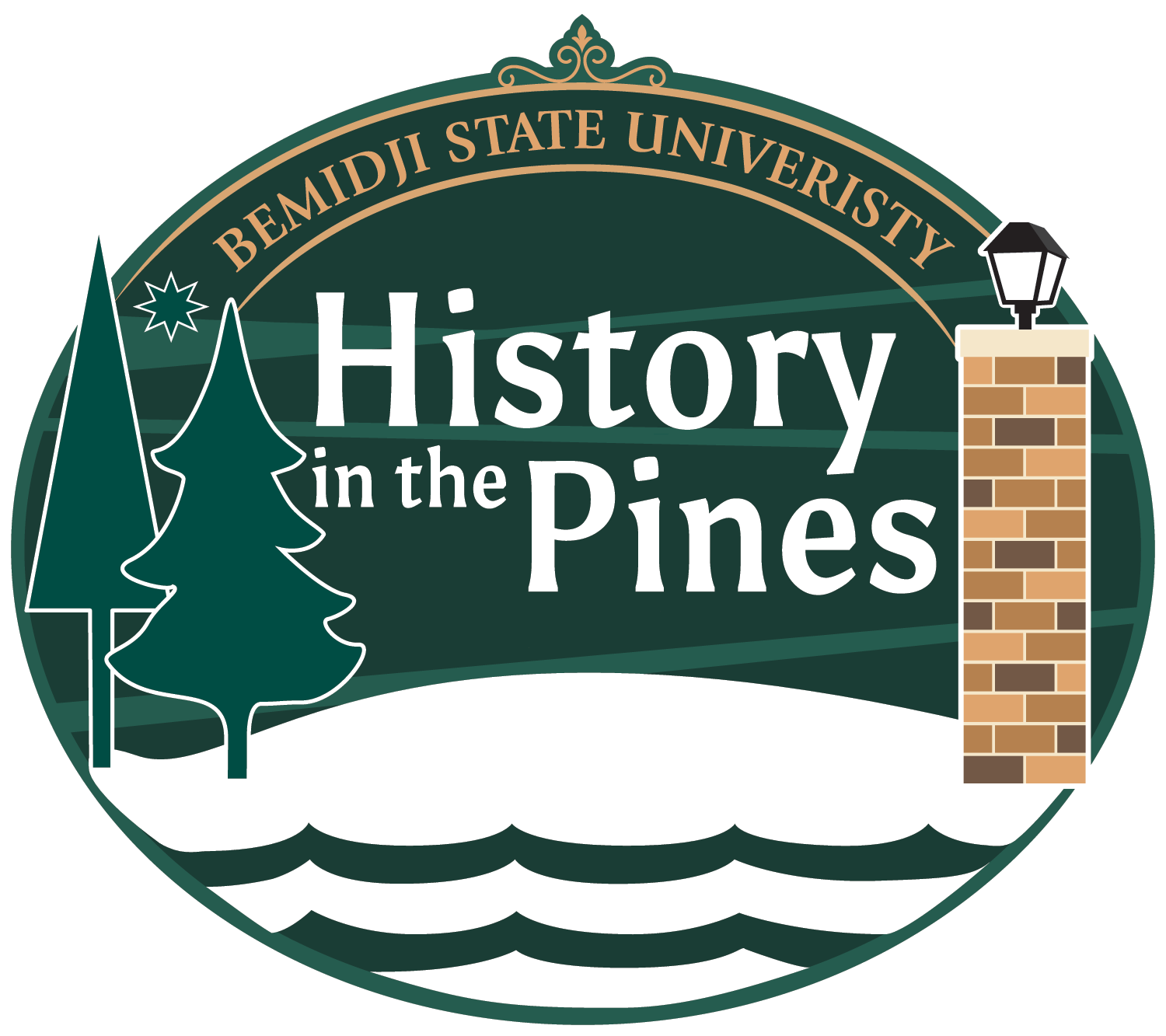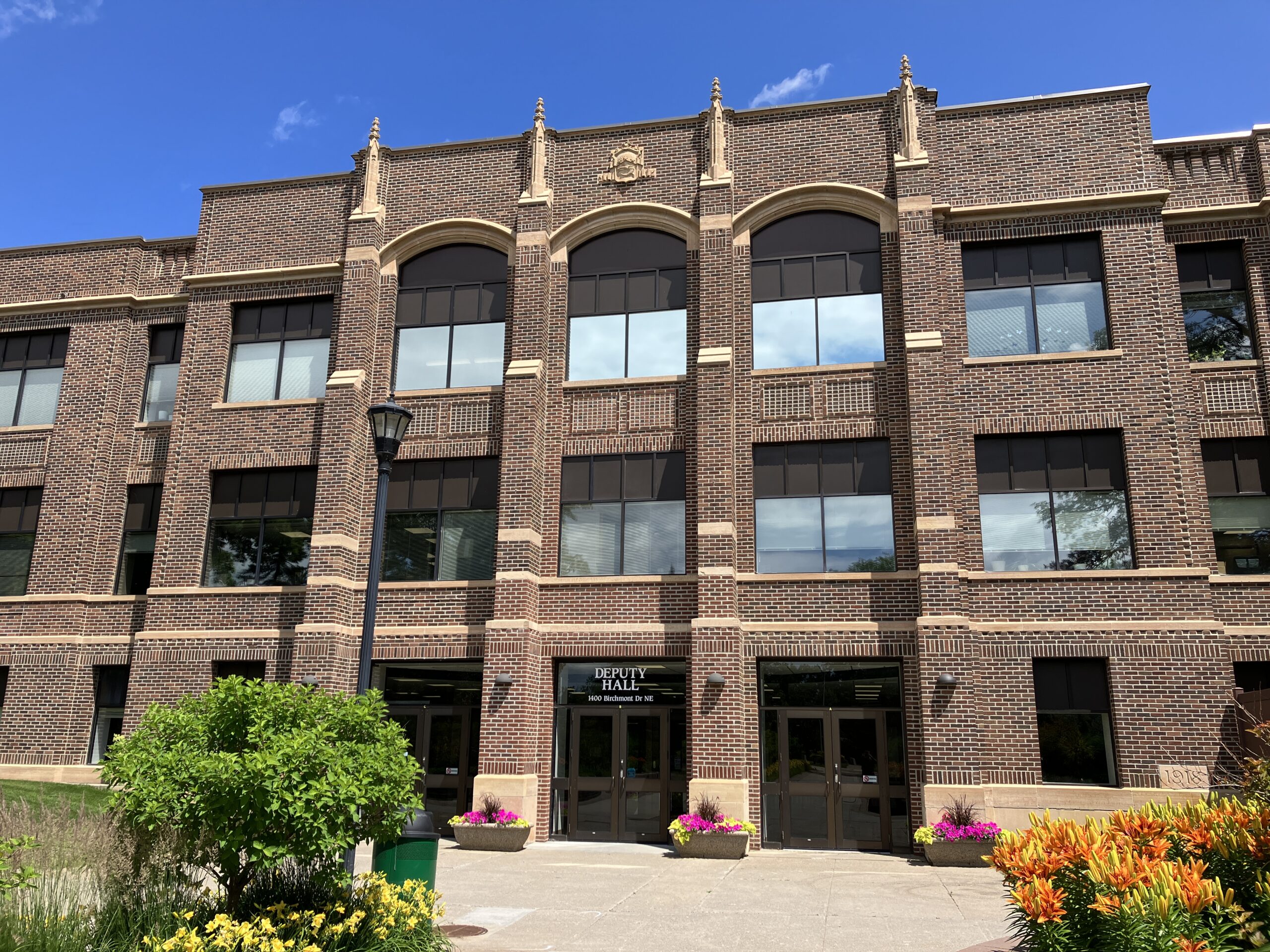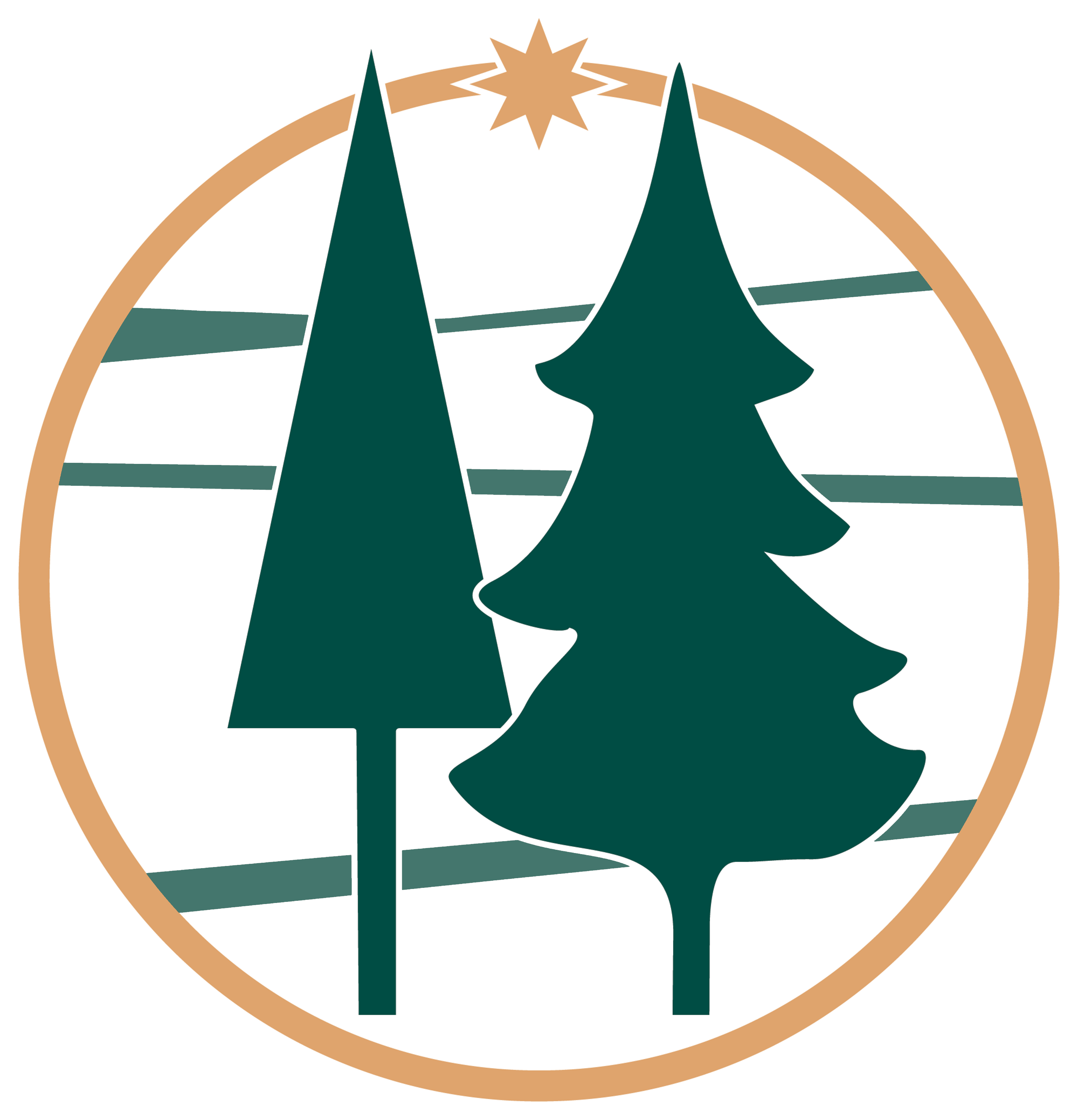
By The Bemidji Pioneer
Published 5:11 a.m. on July 28, 2019
David Park? Harry Bridgeman? Claude Hobson?
Who are these people, and why are buildings at Bemidji State University named after them?
Many of the campus facilities are named after former presidents. The residence halls are named for trees. Former professors are honored with one soon-to-be-placed classroom building.
Here’s a breakdown on the naming of campus buildings and facilities.
Presidents
Deputy Hall, the first building completed on campus in 1919, was named for the school’s first president, Manfred Deputy. Other buildings named for presidents are the Bangsberg Fine Arts Complex, Sattgast Hall, Bensen Hall, Decker Hall and the Gillett Wellness Center. Two others – the A.C. Clark Library and the John Glas Fieldhouse – are named for faculty members who served as interim presidents as well.
Professors/faculty
Hagg-Sauer Hall, which is being torn down in the summer of 2019 to be replaced by a classroom building of the same name, honors best friends Dr. Harold T. Hagg and Dr. Philip R. Sauer. The pair served as Bemidji State University department chairs and were professors in history and English, respectfully.
Chet Anderson Stadium, the university’s football and soccer facility, is named for the school’s former head football coach. Anderson coached the Beavers from 1955-60 and again from 1962-65.
Residence halls
The current dorms are mostly named for trees: Birch, Linden, Tamarack, Pine, Cedar and Oak. An exception is the University Heights student apartment building along Bemidji Avenue North. Walnut Hall houses the main campus dining, Housing and Residential Life offices and Campus Security personnel.
Those other buildings
Lower Hobson Union and Upper Hobson Union (home of the Beaux Arts Ballroom) are named for Dr. Claude Vivian “Mr. Conservation” Hobson. He came to Bemidji State University in 1931 and started as a science supervisor in the Bemidji Teachers’ College Lab School for children. He began teaching college classes in 1938 as a professor of geography and conservation and retired in 1962. The university-owned Hobson Memorial Forest along County Road 20 northeast of Bemidji also is dedicated to him.
Bridgeman Hall is named for Harry Bridgeman, who was a state senator from 1922-50 and helped get an appropriation bill passed in 1923 to benefit Bemidji Normal School.
The Harold T. Peters Aquatic Laboratory utilizes Lake Bemidji as a freshwater lab for the aquatic biology program. It is named for a former professor of biology.
Memorial Hall, once a gymnasium but now a state-of-the-art learning building, was named in honor of students killed in military service, deceased faculty members, former resident directors and presidents and others who made significant contributions to the college.
The David Park House is home to about half of the BSU Alumni & Foundation offices. David Park was a prominent businessman in Bemidji and the owner of the largest creamery in the area. The Park House was designed by architect Edward K. Mahlum. The building is made mostly of poured concrete and shaped like a grand piano with an art deco interior. It is the only house in Bemidji on the National Registry of Historic Residences.
The Alumni House, or Sauer House, is located next to the David Park House and built in the same style. It houses the rest of the Alumni & Foundation staff. It was previously owned by professor emeritus, the late Dr. Phil Sauer and his wife, Betty.
The Laurel House, a residence for students in the honors program, was named for the laurel leaf, which in Roman culture symbolized victory.
Written by Dennis Doeden



